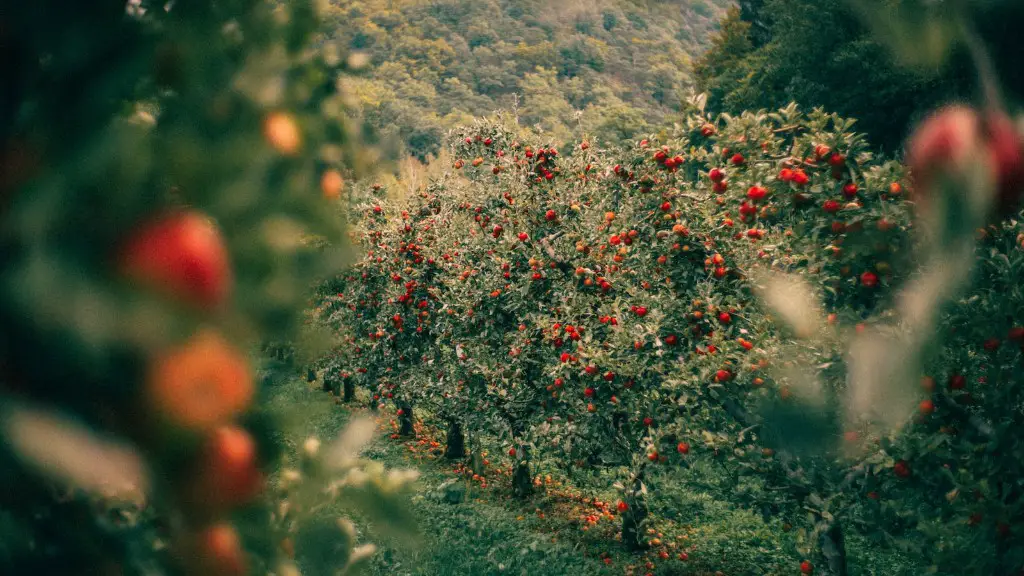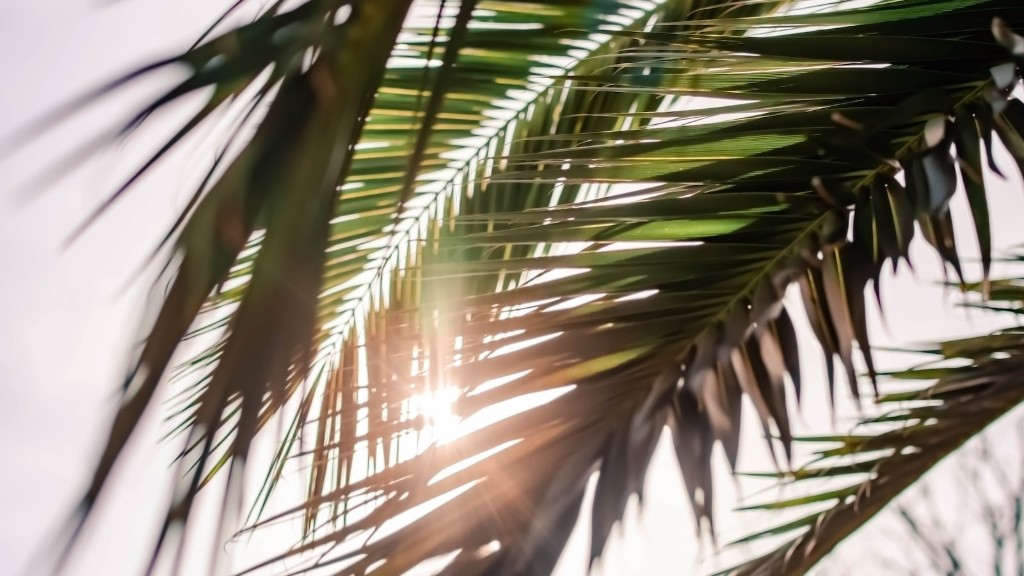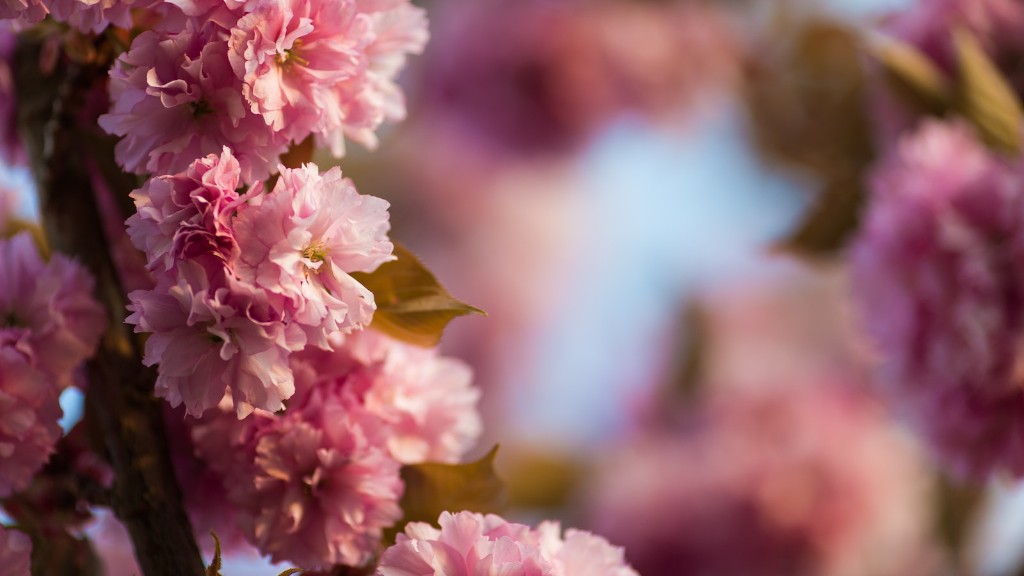One of the most important things to consider when planting an apple tree is the climate. Apple trees need a certain amount of chill hours, or hours below 45°F, in order to produce fruit. The number of chill hours an apple tree needs depends on the variety of apple tree. For example, Granny Smith apple trees need about 600 chill hours, whereas Red Delicious apple trees need about 900 chill hours. Once you’ve selected a variety of apple tree, you’ll need to purchase a sapling from a nursery. The best time to plant an apple tree is in the spring, after the last frost date.
When to plant an apple tree depends on your location and the time of year. If you live in a cold climate, it is best to plant the tree in the spring. However, if you live in a warm climate, you can plant the tree in the fall.
What is the best month to plant apple trees?
If you want to plant apple trees, spring is the best time to do it in most parts of the country. The exact month will depend on where you live, but March and April are ideal for most growers. If you live in a warmer climate (USDA zones seven and warmer), it’s also possible to start planting in the fall.
Apples are self-unfruitful, so you need to plant at least two different apple tree varieties within 50 feet of one another for a good fruit set. Some apple varieties, such as Golden Delicious, will produce a crop without cross-pollination from a second variety.
Is it OK to plant apple trees in the fall
Fall is the best time to plant a fruit tree because the roots have the chance to grow and establish themselves before the spring and summer growing season. This results in a stronger, healthier tree that is more likely to produce fruit.
Nurseries typically stock bare-root fruit trees during the months of December through March. If you’re looking to plant a fruit tree in your garden, the best spot to choose would be an area that receives at least six hours of sunlight each day, is sheltered from strong winds, and can be easily watered. The hole you dig for the tree’s roots should be twice as wide as the tree’s root ball, but not too deep.
How many years does it take an apple tree to bear fruit?
The average bearing age of fruit trees is as follows; apple – 4 to 5 years, sour or tart cherry – 3 to 5 years, pear – 4 to 6 years, and plum – 3 to 5 years. This means that these are the average ages at which these fruit trees will begin bearing fruit. Apple trees typically take a little longer to bear fruit than sour or tart cherry trees, but both pear and plum trees take about the same amount of time.
It is important to remove any young fruit that form in the first year after planting, as the tree needs to concentrate on establishment and crown development at this stage. In the second year, if the tree is establishing and growing well, you may let one or two fruit develop.
What is the easiest apple tree to grow?
The Fuji apple is one of the most popular eating apples in America. It is an excellent choice for a backyard apple tree because it is easy to grow and produces sizeable fruit. The apples are sweet and juicy with a crisp bite and they have a long shelf life compared to other varieties.
It is important to water young apple trees regularly to establish the root system. Mulch should be renewed each year, but pulled away from the tree in the fall so rodents don’t nest over the winter and eat the bark. Apple trees require training to build a strong frame of branches that can bear the weight of heavy apple crops.
Are apple trees hard to grow
Fruit trees are a great addition to any home garden, but they can also be a lot of work. Sadly, fruit trees also have a down side because they experience pest and disease problems, poor production, and nutrient deficiencies. And growing apple trees is notoriously difficult. When growing apple trees, there are so many potential problems to contend with. Homegrown apples can be wormy, bitter and unappealing. If you’re considering growing fruit trees, be prepared for a lot of work. But the rewards of fresh, home-grown fruit can be worth it.
Apple trees should be planted in spring in colder northern climates, and in early spring or late fall in areas with less severe winters. This will give the tree time to establish roots before the ground freezes in winter.
Do I need to winterize my apple tree?
Winterizing fruit trees is a great way to protect them from the cold weather. It’s important to take some time in the fall to make sure they are well protected so they can thrive in the spring.
Mulch is a great way to protect your fruit trees during the winter. A thick layer of mulch will insulate the roots and help to keep them from freezing. In the spring, be sure to remove the mulch so that the tree can get the sunlight it needs to grow.
Which fruit tree is easiest to grow
Pear trees are a great choice for fruit trees for beginners because they are relatively easy to take care of and produce a good amount of fruit. Asian pear tree varieties are especially well-known for being easy to grow. Pear trees can be a good option for those looking to add fruit trees to their home landscape.
Fall is the perfect time to plant fruit trees because the weather is moderate and the roots have time to establish before the winter. This ensures that the tree will be strong and healthy when it starts to produce fruit in the spring.
Do fruit trees like shade or sun?
South- or west-facing aspects are ideal for growing just about any fruit, especially sun lovers such as grapes, figs, peaches, nectarines and apricots.
It’s not a myth: You can grow an apple tree from the seeds inside the fruit you bought at the grocery store. It’s not quite as simple as just scattering the seeds on the ground, but with the right care (and a lot of patience), you can cultivate your own fruit-producing tree.
Warp Up
The best time to plant an apple tree is in early spring, before the buds start to open.
When planted properly and in the right climate, an apple tree will produce fruit within 3-5 years. Tree spacing, soil type, and rooting depth are important considerations when planting an apple tree.





